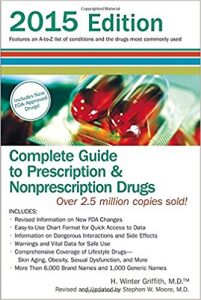Computational Systems Pharmacology and Toxicology (Issues in Toxicology) Gld Edition

[amazon template=iframe image2&asin=1782623329]
The network approaches of systems pharmacology and toxicology serve as early predictors of the most relevant screening approach to pursue both in drug discovery and development and ecotoxicological assessments. Computational approaches have the potential to improve toxicological experimental design, enable more rapid drug efficacy and safety testing and also reduce the number of animals used in experimentation. Rapid advances in availability of computing technology hold tremendous promise for advancing applied and basic science and increasing the efficiency of risk assessment.
This book provides an understanding of the basic principles of computational toxicology and the current methods of predictive toxicology using chemical structures, toxicity-related databases, in silico chemical-protein docking, and biological pathway tools. The book begins with an introduction to systems pharmacology and toxicology and computational tools followed by a section exploring modelling adverse outcomes and events. The second part of the book covers the discovery of protein targets and the characterisation of toxicant-protein interactions. Final chapters include case studies and additionally discuss interactions between phytochemicals and Western therapeutics.
This book will be useful for scientists involved in environmental research and risk assessment. It will be a valuable resource for postgraduate students and researchers wishing to learn about key methods used in studying biological targets both from a toxicity and pharmacological activity standpoint.









